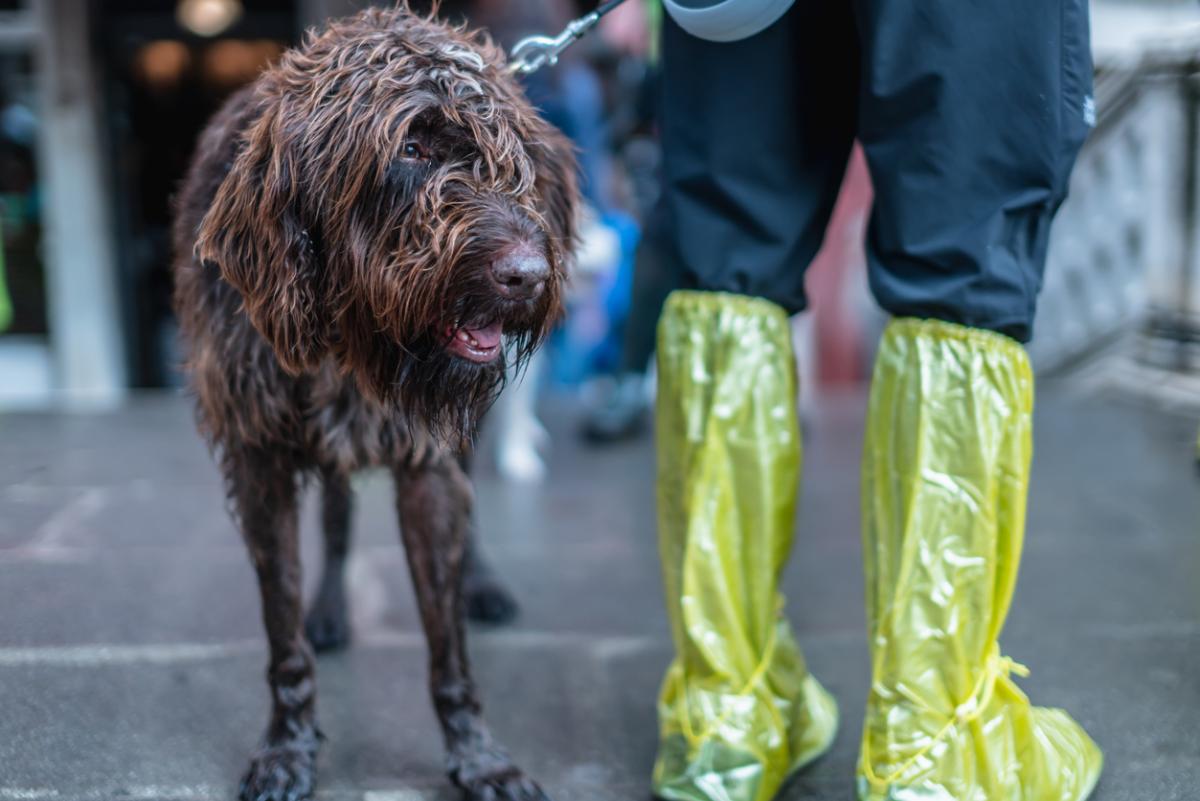
As many of us across the country navigate through hurricane, wildfire, and tornado seasons, our thoughts turn once again to disaster preparedness. No one anticipates a catastrophic turn of events. However, disasters can and do happen, and it’s of utmost importance to be ready, especially when we have furry kids in our care.
“Our pets depend on us for their safety in an emergency, but there are so many variables that we simply cannot control,” says Michael Leung, co-founder and lead product designer of Sleepypod, a premier manufacturer of pet carriers and pet accessories. “Advance planning will give you and your pets the best chance to stay together and stay safe when disaster strikes.”
Unfortunately, most people are either completely unprepared or not prepared enough for a disastrous event, especially when it comes to their pets. The following tips can help ensure you are ready to deal with whatever comes, should the worst happen.
Don’t assume you’re “prepared enough”
If you live in an area prone to hurricanes, wildfires, blizzards, or tropical storms, you likely have an emergency plan in place. But does that plan specifically include your pet?
Disasters like those mentioned above provide some measure of advanced warning. But would you know how to keep yourself and your pet safe in the event of a disaster that strikes without warning, such as a house fire, gas leak, or even an earthquake?
The truth is, most disasters happen without notice. It's crucial to have a plan in place that can adapt to various situations and scenarios. This ensures that no matter where you are or what type of disaster you face, you're ready to keep your pet safe.
Prepare for all possibilities
You may have adequate supplies on hand and/or an evacuation route planned in case of a disaster. But there are many possibilities you might not have considered. You and your pet may become separated. You may need to seek shelter with your pet. You may need to administer first aid to your pet, or ensure that he has adequate water and food. Having a plan in place to mitigate a variety of possible outcomes can make all the difference in terms of getting through a disaster safely.
How to prepare for your pet
1. Ensure your pet is microchipped and keep his microchip information up-to-date at all times. In addition, ensure that he is always wearing a collar with a securely fastened I.D. tag containing your current address and phone number. This same information should also be secured to the outside of any carrier your pet will be traveling in.
2. Familiarize your pet with anything you might need to use in an emergency, such as a pet carrier, the car, or a harness.
3. Ensure that you have enough food, water, and supplies at home to last your pet for at least seven days. Keep an emergency first aid kit on-hand in an easily accessible area. And consider a pet safety window decal that will alert first responders in the event that you’re not present or not able to assist your pet in a home emergency.
4. Prep a bag for your pet. Prepare a bag with everything your pet might need in the event of a disaster. We recommend the Sleepypod Go Bag Set. The flat, stable base makes it easy to fill and transport, and it features a D-ring ideal for leashes and flashlights and a padded compartment for documents.
Your pets disaster preparedness bag should include:
- Seven-day supply of food and water (along with a manual can opener if necessary)
- Travel pet bowls
- Two-week supply of medications
- Copy of your pet’s most recent medical records
- Current photo of your pet
- List of emergency contacts and your pet’s specific care needs
- Pet first aid kit
- Leash and walking harness (for easier control of fearful pets)
- Familiar toy and blanket
- Extra I.D. tags
- Dog waste bags
- Towel or small blanket
- Sanitary wipes
Additional items you should have on hand:
- Incidentals like trash bags, paper towels, flashlights, batteries, cell phone chargers and power banks
- Cat litter box and litter
Arrange for shelter and surrogate care
Compile a list of pet-friendly hotels in your area and in surrounding areas, and keep a printed copy in your home and your car. TripsWithPets can help you locate safe places for you and your pet. An emergency may require you to seek out a shelter. Many local shelters have policies regarding the types and number of pets allowed; call ahead of time to see whether they will accept your pet. Additionally, have a list prepared of boarding facilities, pet daycares, animal shelters, and veterinarians who can safely care for your pet in case shelters do not accept pets.
In the event that you cannot access your pet or cannot care for him, have a surrogate caregiver in place. This should be someone your pet knows, trusts, and will willingly go with. Have a list ready for your surrogate of essential care instructions specific to your pet, as well as the locations of medications, leashes, carriers, and pet first aid kits.
Conclusion
Thankfully, disasters are uncommon. But with some simple, common-sense planning and preparation, you can feel confident in your ability to keep your pet as safe and comfortable as possible, no matter what happens, giving you the peace of mind to enjoy everyday life with your pet.